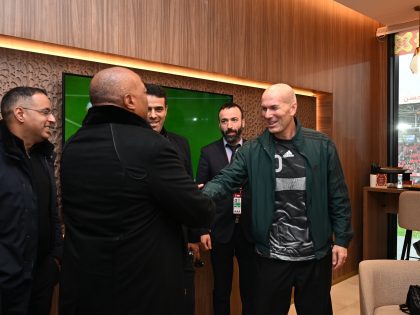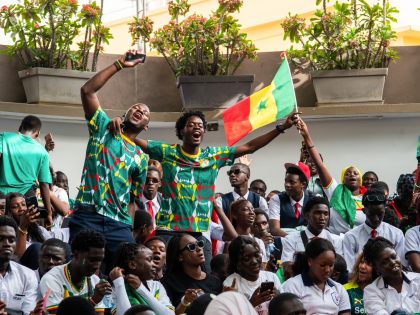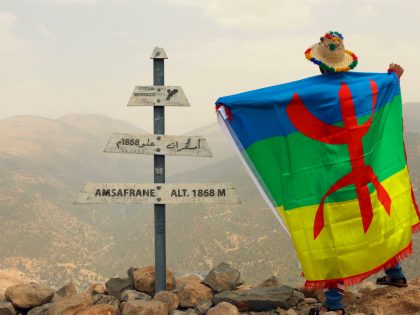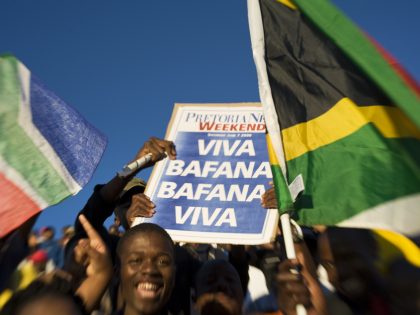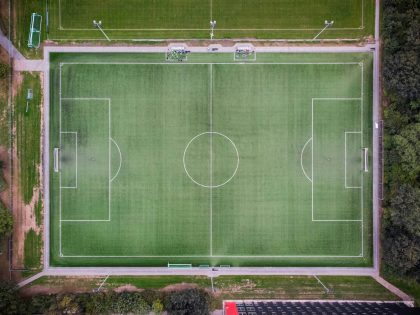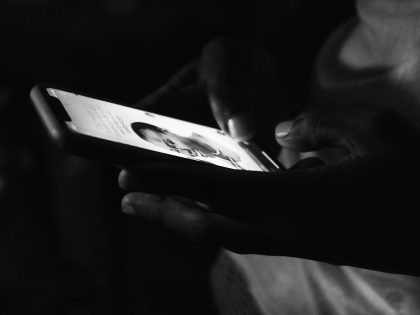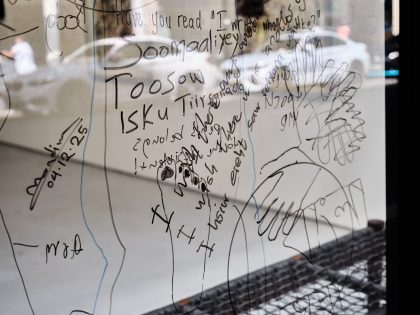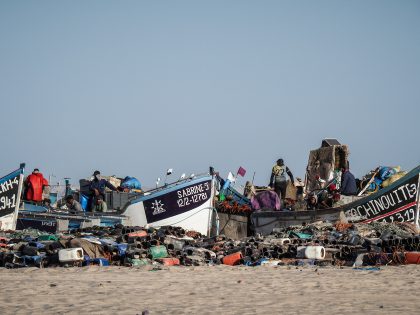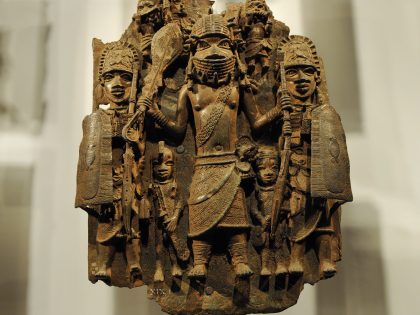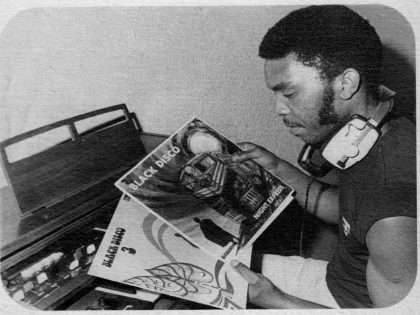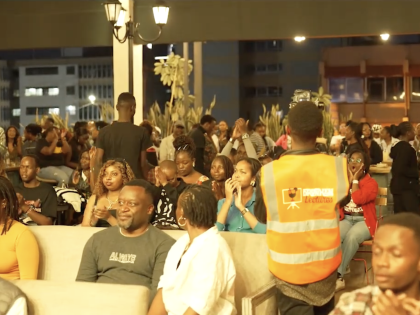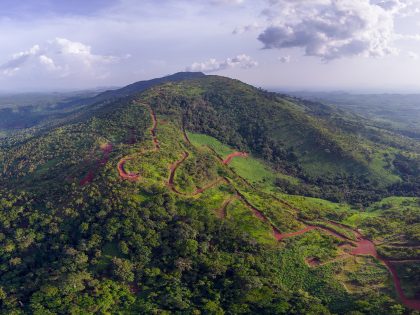President dos Santos and the ruling MPLA: Afraid of Angolans
if Luaty Beirão dies in jail on their watch, Angola's state will have a much bigger problem than small protests on their hands.

A vigil in front of the Sagrada Família in Luanda for the 15+2 political prisoners. Image: Rui Sergio Afonso.
Last night a couple of hundred people gathered for the fourth night in a row in front of Sagrada Família church. Beneath the dusty blue neon lights, tilted, broken, and only half-illuminated, they were dressed all in white, candles in hand, there to hold a vigil in solidarity with the 15+1+2 political prisoners (15 in jail in Luanda, 1 Marcos Mavunga jailed for crimes against the state in separate case in Cabinda, +2 explained below) in Angola, among them Luaty Beirão, on his third week of a hunger strike, and Nelson Dibango, who had completed his third day.
The vigils began Thursday when folks began to get reports of Beirão’s failing health and came nary a week after charges were brought against the 15+2 (the two are Laurinda Gouveia and Rosa Conda, both indicted but who await trial in freedom). The state charges the 15+2 with “preparatory acts” pursuant to a coup d’etat. The state’s case is based on the evidence of gathering for a book club to read Gene Sharp’s “From Dictatorship to Democracy,” which the Prosecutor General’s office claims helped spur the Arab Spring, not exactly incontrovertible evidence.
Those gathering at the peaceful vigil first intended to meet at Largo 1º de Maio/Largo de Independência but found it closed to them by police that first night. They headed down the street to Sagrada Família. Once a monument to modernist development, its current derelict appearance symbolizes the oil soaked investments in new high-rises and the baroque churches that nestle against the presidential palace. For three nights, they sang, prayed, chanted, said the names of each prisoner and called out “Liberdade já!” (Freedom now!). It seemed that the state would ignore them, like it’s ignored the church there. Harmless enough – let them reclaim the Angolan anthem, sing songs, worry in public, and find solidarity in numbers. But no.
Last night they found themselves surrounded by PIR (Rapid Intervention Police) with canine units and water canons as if white wearing, candle-holding, praying, sometimes crying, sometimes smiling folks were a threat to public order on a Sunday night. A Sunday night when there is no traffic to disrupt, no commerce to disturb, and no public order to maintain here on Catholic Church property. In the finest tradition of civil disobedience, demonstrating their peaceful intent, they sat down and prayed silently. Police asked them to leave the premises. They did so calmly and quietly, vowing to return tonight.
TPA (Angolan Popular Television) the state television, a public service, did the disservice of reporting that the vigil had been disbanded because it was an illegal protest. No sooner was this reported than vigil attendees began to post clips and screen shots and torrents of indignation: how is a peaceful vigil illegal? How is it that when a wide swath of society gathers peacefully they are met with the state’s force? Our tax dollars used to frame us as terrorists? One longtime friend, who didn’t attend but followed events, who I’ve seen don MPLA party hats and T-shirts at campaign time, said — no, this is too much!
President dos Santos and the MPLA, it seems, are scared of peace and quiet. They have no one to blame but themselves. And if Luaty Beirão dies in jail on their watch, they will have a much bigger problem than “preparatory acts.” One vigil attendee’s sign read “15+1+2=24.3 million” (Angola’s total population). Last night’s police response is stirring that larger pot.

